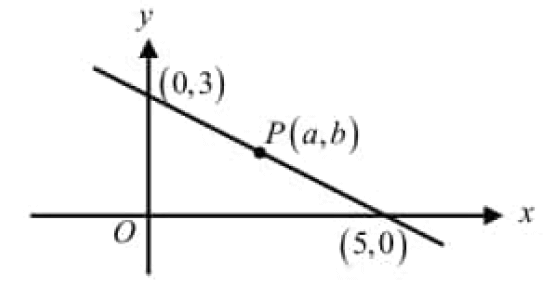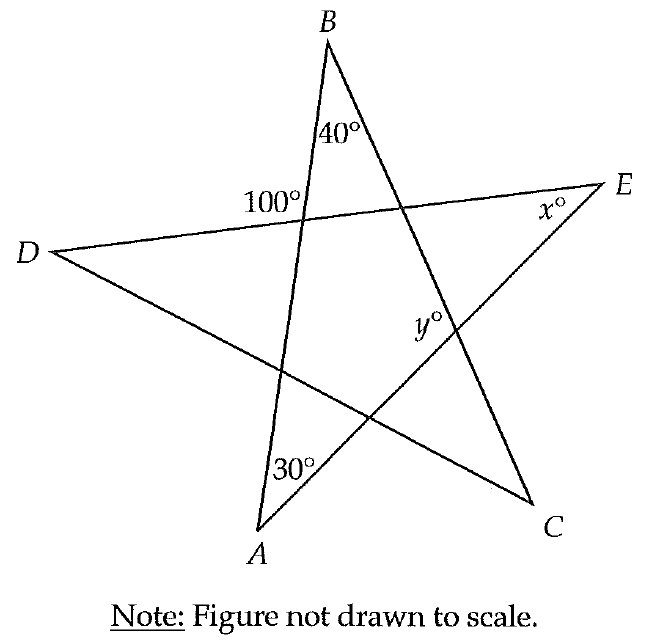ADDITION THEOREMS OF PROBABILITY
Theorem 1 :
For any two events A and B, the probability that either event ‘A’ or event ‘B’ occurs or both occur is
P(AuB) = P(A) + P(B) – P(AnB)
Theorem 2 :
For any three events A, B and C, the probability that any one of the events occurs or any two of the events occur or all the three events occur is
P(AuBuC) = P(A) + P(B) + P(C) – P(AnB) - P(BnC) - P(AnC) + P(AnBnC)
Theorem 3 :
For any two mutually exclusive events A and B, the probability that either A or B occurs is given by the sum of individual probabilities of A and B.
P(AuB) = P(A) + P(B)
Note :
If two events A and B are mutually exclusive, then
AnB = Null set
P(AnB) = 0
Theorem 4 :
For any three mutually exclusive events A, B and C, the probability that the event A or B or C occurs is given by the sum of individual probabilities of A B and C.
P(AuBuC) = P(A) + P(B) + P(C)

Practice Problems
Problem 1 :
A number is selected from the first 25 natural numbers. What is the probability that it would be divisible by 4 or 7 ?
Solution :
Let A be the event that the number selected would be divisible by 4 and B, the event that the selected number would be divisible by 7.
Then AuB denotes the event that the number would be divisible by 4 or 7.
Next we note that
A = {4, 8, 12, 16, 20, 24}
and
B = {7, 14, 21}
whereas S = {1, 2, 3, ……... 25}.
Since AnB = Null set , the two events A and B are mutually exclusive and as such we have
P(AuB) = P(A) + P(B)
P(AuB) = (6/25) + (3/25)
P(AuB) = 9/25
Problem 2 :
A number is selected from the first 30 natural numbers. What is the probability that it would be divisible by 4 or 7 ?
Solution :
Let A be the event that the number selected would be divisible by 4 and B, the event that the selected number would be divisible by 7.
Then AuB denotes the event that the number would be divisible by 4 or 7.
Next we note that
A = {4, 8, 12, 16, 20, 24, 28}
B = {7, 14, 21, 28}
and
AnB = {28}
whereas S = {1, 2, 3, ……... 30}.
Here, the required probability is
P(AuB) = P(A) + P(B) - P(AnB)
P(AuB) = (6/25) + (3/25) - 1/25
P(AuB) = 8/25
Problem 3 :
There are three persons A, B and C having different ages. The probability that A survives another 5 years is 0.80, B survives another 5 years is 0.60 and C survives another 5 years is 0.50. The probabilities that A and B survive another 5 years is 0.46, B and C survive another 5 years is 0.32 and A and C survive another 5 years 0.48. The probability that all these three persons survive another 5 years is 0.26. Find the probability that at least one of them survives another 5 years.
Solution :
From the given information, we have the following
P(A) = 0.80
P(B) = 0.60
P(C) = 0.50,
P(AnB) = 0.46
P(BnC) = 0.32
P(AnC) = 0.48
P(AnBnC) = 0.26
The probability that at least one of them survives another 5 years in given by
= P(AuBuC)
= P(A) + P(B) + P(C) – P(AnB) - P(BnC) - P(AnC) + P(AnBnC)
= 0.80 + 0.60 + 0.50 – 0.46 – 0.32 – 0.48 + 0.26
P(AuBuC) = 0.90
Kindly mail your feedback to v4formath@gmail.com
We always appreciate your feedback.
©All rights reserved. onlinemath4all.com
Recent Articles
-
Digital SAT Math Problems and Solutions (Part - 134)
Apr 02, 25 12:40 AM
Digital SAT Math Problems and Solutions (Part - 134) -
SAT Math Resources (Videos, Concepts, Worksheets and More)
Apr 02, 25 12:35 AM
SAT Math Resources (Videos, Concepts, Worksheets and More) -
Digital SAT Math Problems and Solutions (Part 135)
Apr 02, 25 12:32 AM
Digital SAT Math Problems and Solutions (Part 135)

